
Tamal Roy & Valentin Lecheval (Science of Intelligence), “Evolution of Collective Cognition Through Individual-Level Selection”
SCIoI, Marchstraße 23, 10587 Berlin, Room 2.057More details to follow. Photo created with DALL-E by Maria Ott.

More details to follow. Photo created with DALL-E by Maria Ott.

The human brain extracts complex information from visual inputs, including objects, their spatial and semantic interrelations, and their interactions with the environment. However, a quantitative approach to capture this information
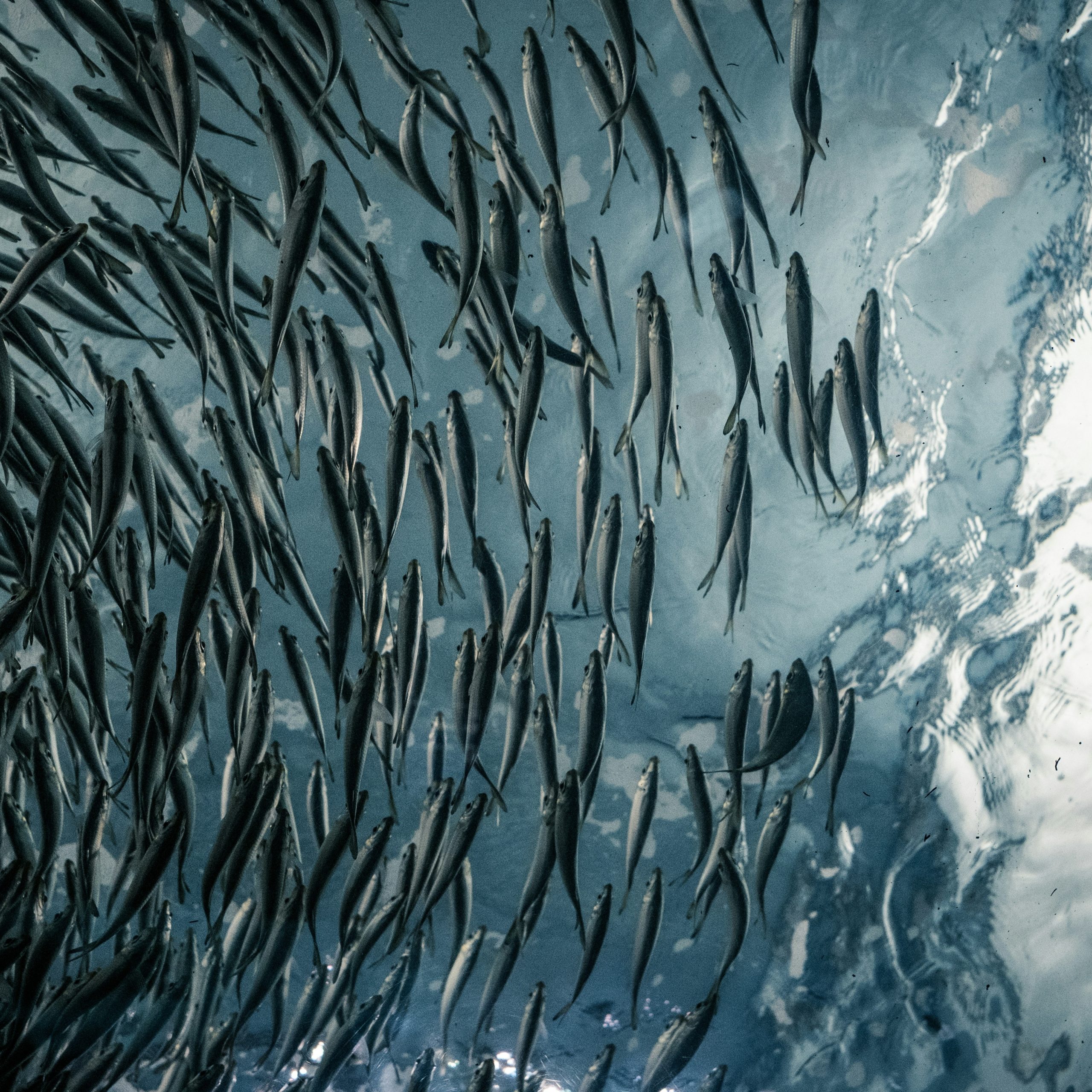
More details to follow. Photo by lance Anderson on Unsplash.

The study of animal behavior is rapidly changing due to recent advances in long-term recording and automated analysis. Here we use these new developments to characterize mouse behavior via their
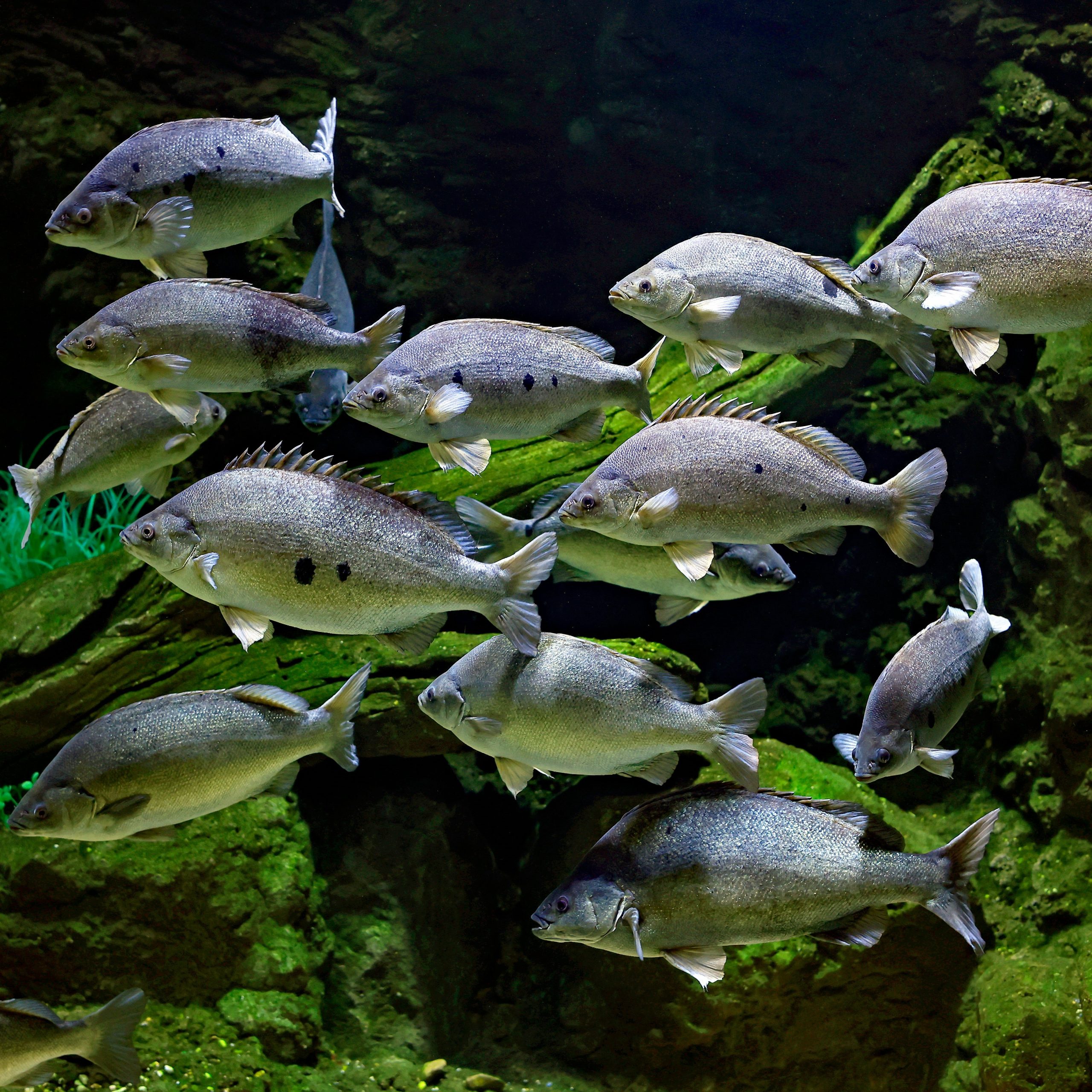
More details to follow. Photo by David Clode on Unsplash.

More details to follow. Image created with DALL-E by Maria Ott.

Abstract Minimalistic robot swarms hold great promise for applications in healthcare, disaster response, and environmental monitoring. A key challenge lies in enabling these robots to rapidly and reliably reach consensus

Abstract: Cognitive neuroscience seeks theories that jointly explain behavioral, neural, and mental states. The dominant approach is to use specialized tasks designed to optimally probe a concept of interest (e.g.,
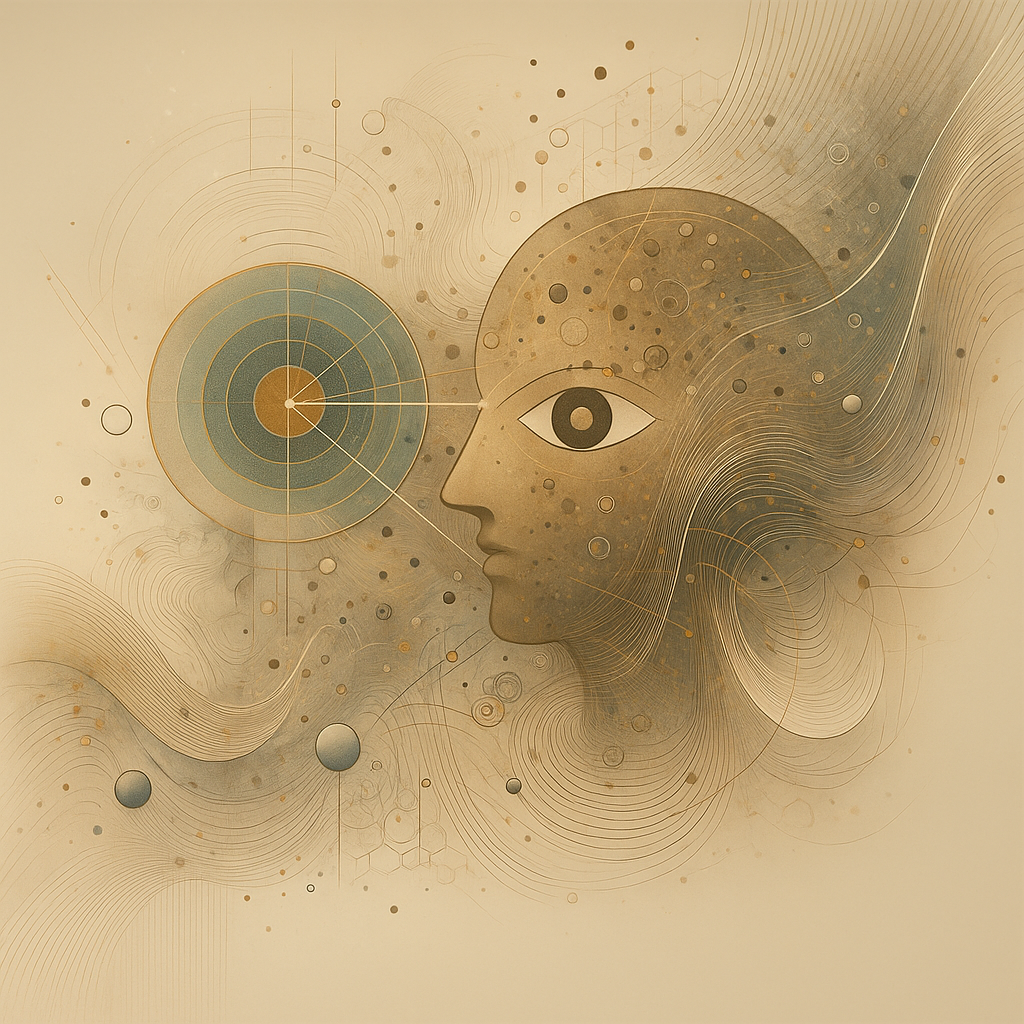
With the rise of modern deep learning, neural networks have become an essential part of virtually every artificial intelligence system, making it difficult to imagine different models for intelligent behavior.
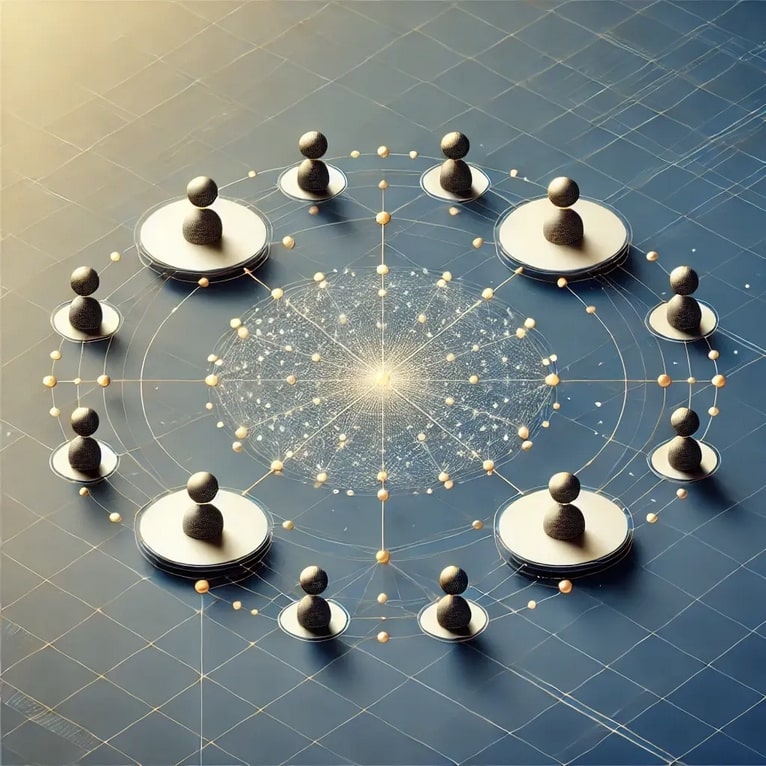
More details to follow. Image created with DALL-E by Maria Ott.
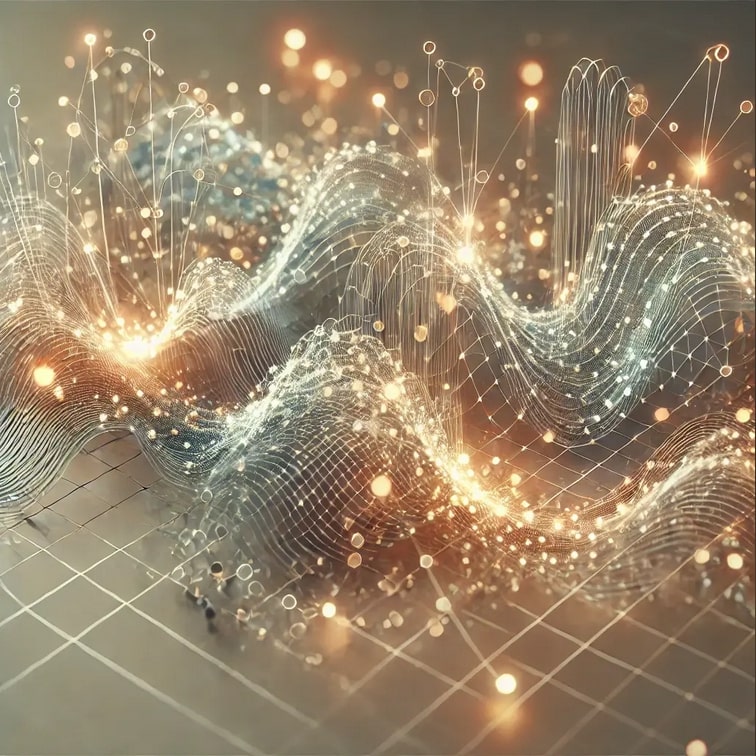
Artificial intelligence has advanced rapidly through larger and deeper neural networks, yet fundamental questions remain about how to optimize network dynamics for performance and adaptability. This study shows that deep
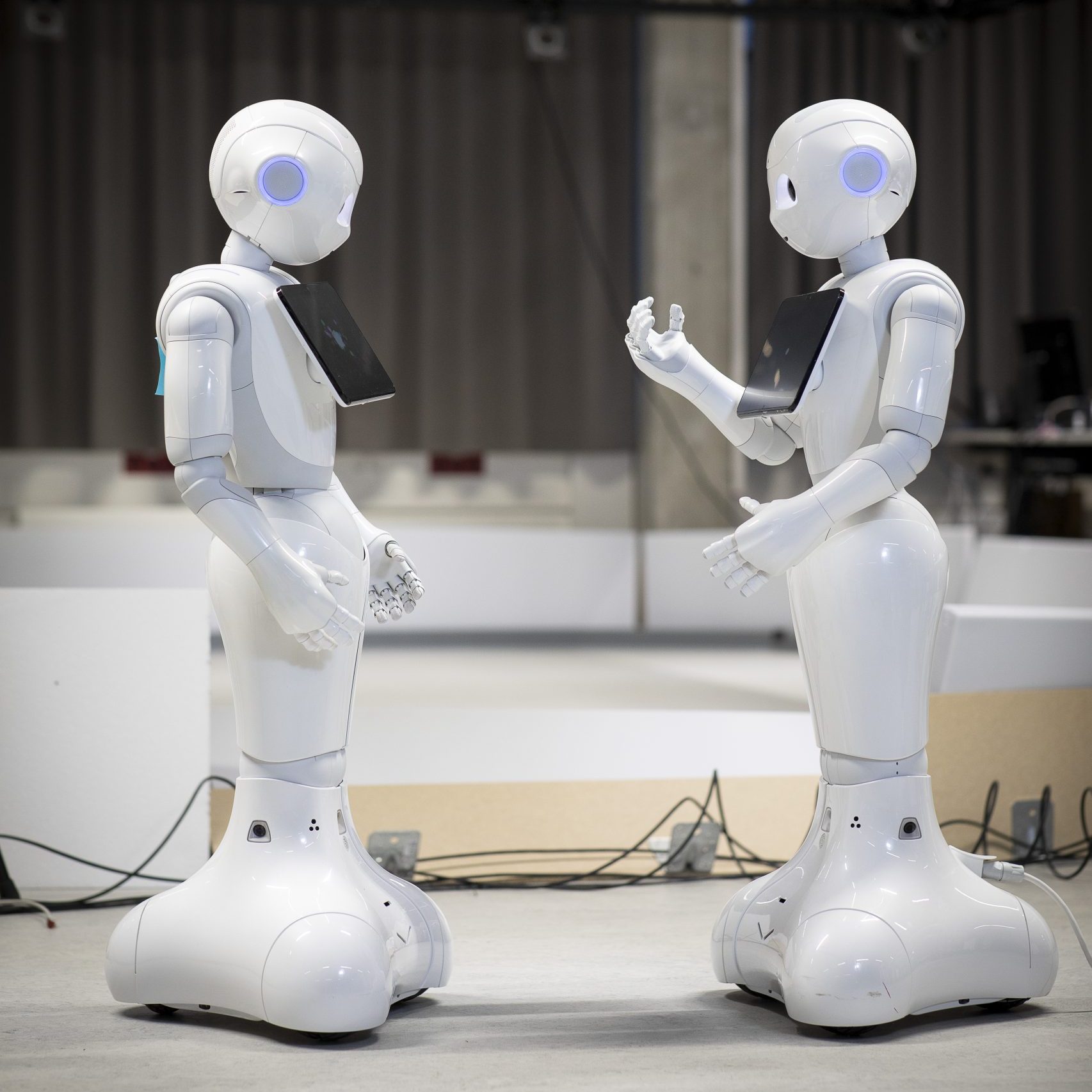
More details to follow.